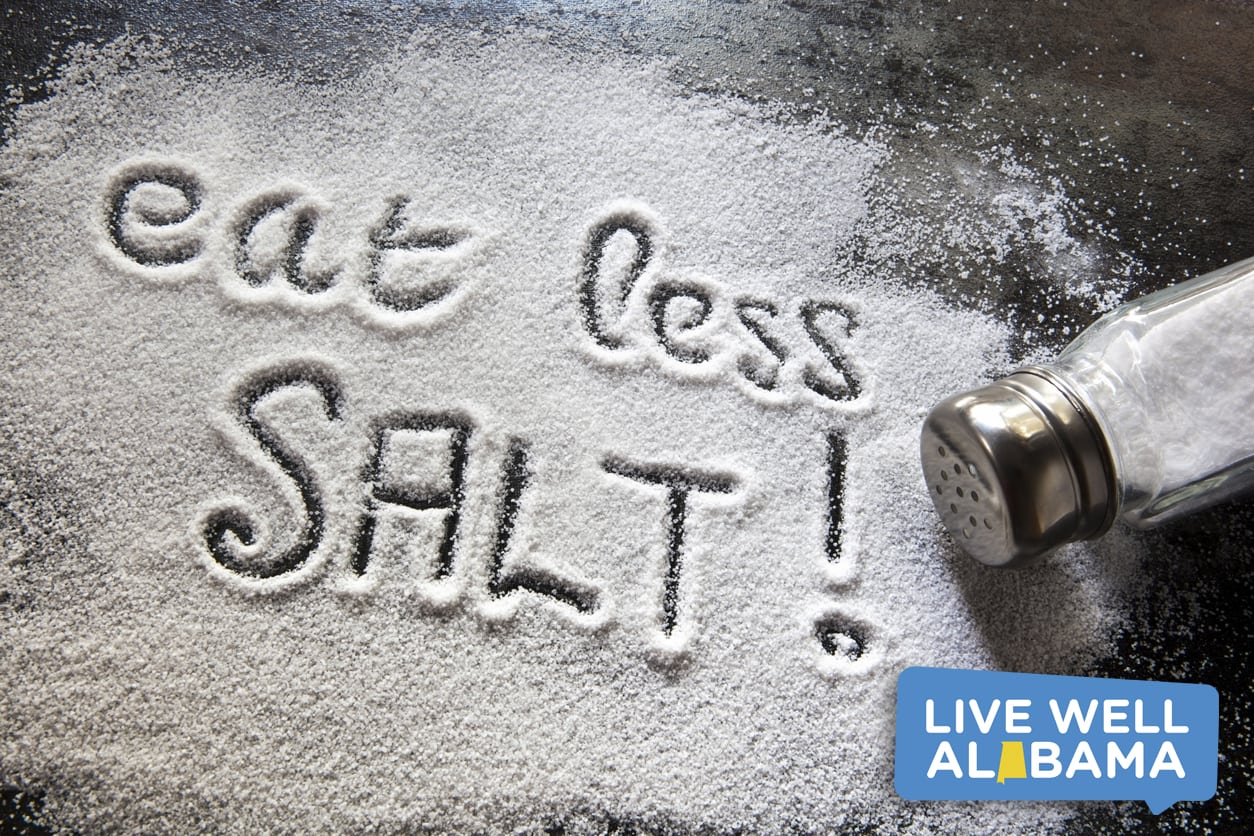For You

Why is it so hard to shake the salt habit? The biggest sources of salt in our diet might surprise you. About 75 percent of salt in the American diet comes from processed foods and restaurant foods. That means all of those packaged foods and snacks, prepared meals and convenience foods we buy to fit into our busy lifestyles can add up to a mountain of salt every day. A person may never add salt to their food, but still eat far too much salt.
Take a look at the top 10 sources of salt in our diet, according to the Centers for Disease Control and Prevention (CDC).
- bread and rolls
- pizza
- sandwiches
- cold cuts and cured meats
- soups
- burritos and tacos
- savory snacks like chips, popcorn, snack mixes and crackers
- chicken
- cheese
- eggs and omelets
Some of these foods made the top 10 list because they are common in processed foods and restaurant meals that many Americans eat. Just because a food is on this list, does not mean it is always high in sodium. A chicken breast, seasoned and baked at home, contains only a small amount of sodium naturally (less than 100 mg per serving) plus as much salt as you add during cooking and eating. However, some fresh chicken sold in stores has salt and water added to make it more plump and juicy. The packaging may say “enhanced” and can mean a lot of sodium has been added. Chicken is also a common ingredient in frozen meals and restaurant dishes that often contain a lot of salt.
Think about how much of your daily diet comes from a package, like a box, jar or can. How many of your weekly meals come from a restaurant? If you want to eat less salt, it is important to eat more fresh or whole foods so you can control how much salt is added. The more packaged and processed food in your diet, the less control you have over how much salt you are eating.
What can you do?
The good news is you do not have to start cooking everything from scratch. There are plenty of frozen and canned foods that are lower in sodium. When choosing foods at the store, read the Nutrition Facts label, check the Percent Daily Value for a serving of the food; is it higher than 10 percent? Pay attention to words on the front of the package too, and look for phrases like “low sodium” and “no added salt”.
The average American eats 3400 mg of salt each day. That is 50 percent more than the recommended limit for daily salt intake of 2300 mg. For people with the risk of high blood pressure or heart disease, the safe limit is 1500 mg a day.
Identifying high sodium foods in your diet and finding alternatives that are lower in sodium is a good first step to take. Cooking at home with fresh or low-sodium ingredients when you can is another easy way to avoid high sodium meals. If you shake extra salt onto your food at the table, try to cut back. If you have to add more flavor once food is on your plate, think outside the box. Black pepper, lemon juice or crushed red pepper can bring out flavors and add a kick to different foods. Trying new spices, like cumin or oregano, is a way to learn what else you like. You might be surprised how little salt you need once you develop a taste for other flavor boosters.


